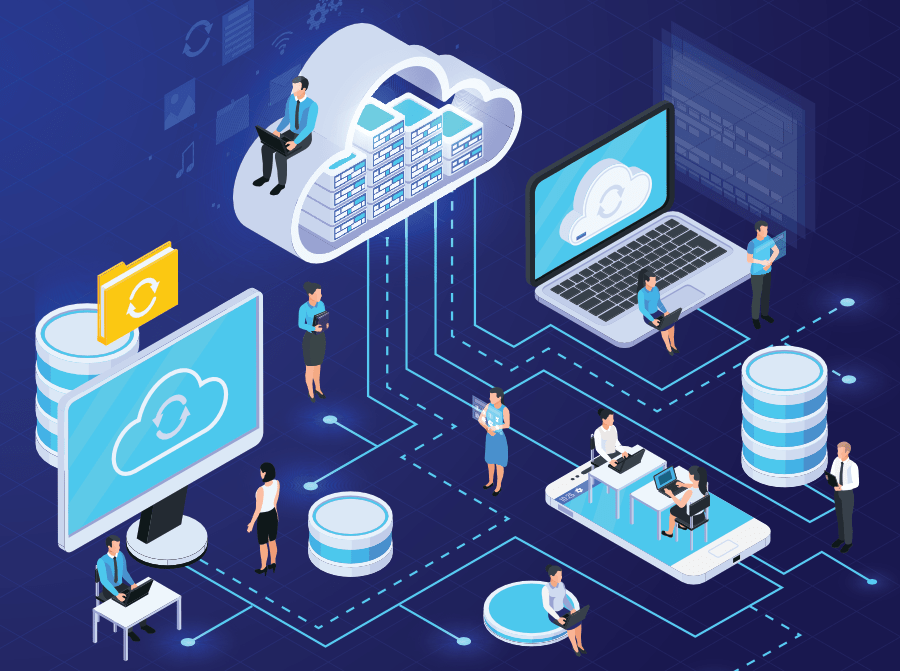Cloud Technologies

What is Cloud Computing?
Cloud computing is the use of off-site systems to help computers store, manage, process, and/or communicate information. These off-site systems are hosted on the cloud (or the internet) instead of on your computer or other local storage. They can encompass anything from email servers to software programs, data storage, or even increasing your computer’s processing power.
The “cloud” is a term that simply means “the internet.” Computing involves the infrastructures and systems that allow a computer to run and build, deploy, or interact with information. In cloud computing, this means that instead of hosting infrastructure, systems, or applications on your hard drive or an on-site server, you’re hosting it on virtual/online servers that connect to your computer through secure networks.
Examples of Cloud Computing
Cloud computing is the use of hardware or software off-site that is accessed over networks for computing needs. Examples of cloud computing depend on the type of cloud computing services being provided.
The main types of cloud computing include software as a service, platform as a service, and infrastructure as a service. Serverless computing, also known as function as a service (FaaS), is also a popular method of cloud computing for businesses.
SaaS or Software as a Service
- SaaS means instead of installing software on your computer, you access the platform online
- Square, which processes payments online
- Google Apps such as Google Drive or Calendar
- Slack, which allows collaboration and chat between other users
IaaS or Infrastructure as a Service
- IaaS provides infrastructure components such as servers, storage, networking, security, and moreover the cloud
- Dropbox, a file storage and sharing system
- Microsoft Azure, which offers backup and disaster recovery services, hosting, and more
- Rackspace, which offers data, security, and infrastructure services
PaaS or Platform as a Service
- PaaS provides computing platforms such as operating systems, programming language execution environments, databases, and web servers
Serverless Computing
- Serverless computing (also called simply “Serverless”) is simply using a server on the cloud. This offers more elasticity, easier maintenance, and is often more price effective than hosting servers on-site

